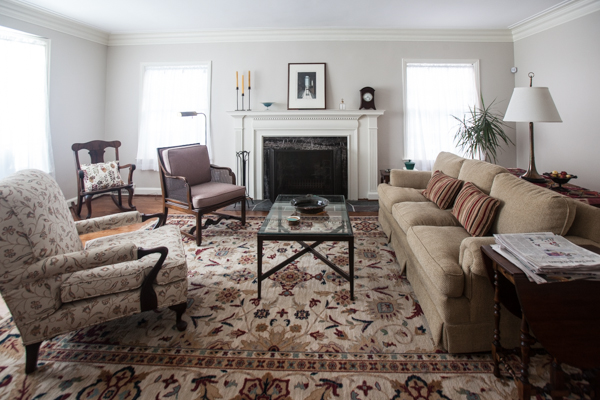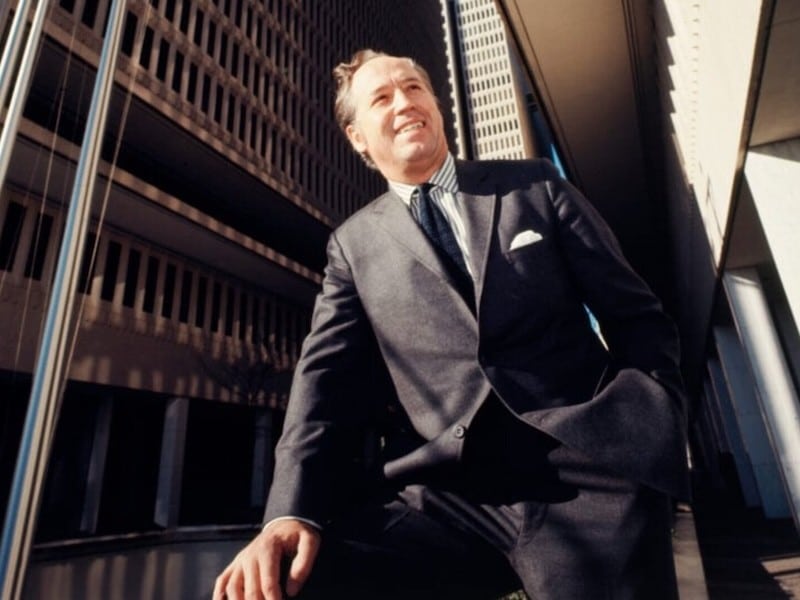Urban dwellers: Detroit attracting city lovers with adventurous spirit
They're coming from New York and from the suburbs to live in a great city at a transitional time in its history. Call them empty nesters or just call them people of good taste finding the lifestyle they seek in Detroit. Dennis Archambault talks to three recent transplants.
Detroit has become a cool destination for adventure seekers of all ages. While the growing young professional population has been well-documented, empty-nesters are creeping in, and definitely not looking for a quiet retirement community.
Maria Urguidi was following the change in Detroit from her rural home in Upper New York State. The recently retired information technology professional heard reports about urban gardening, the art scene, entrepreneurial development and the overall new sense of urbanity emerging in the city.
“This is a city in transition,” she says. “There is no place like this in the world. There are things that will be tried here because our problems are so vast. The barriers to entry are lower. It seems like an exciting time in the city’s history.
“I’m excited about trying new things.” Even four years ago, when the city was still reeling from the recession, she believed something dramatic was occurring. “I was saying, ‘I’ve got to get there. It’s happening.'”
An avid cyclist, Urguidi was intrigued with having the opportunity to get one of the Mies townhomes in Lafayette Park, at an affordable price. “I’d tell my friends, who thought I was crazy from the get-go, that I came for the architecture but I am staying for the people. I love Detroiters. They’re the nicest people I’ve ever met.”
Tom Albrecht loved his life in Manhattan, but the opportunity to direct sales for the new Cobo Center seemed irresistible. Originally from Milford, Albrecht never thought he’d return here, even though his mother and future spouse were here.
“Before I moved back, I thought, What are the advantages of moving back to Detroit?” He was able to replicate his urban lifestyle in the Jeffersonian, a few miles from Cobo. He leases a prime corner unit on the 27th floor, offering a priceless view of the river and Belle Isle, with sunrise and sunset on the same balcony.
Albrecht went to Wayne State University in the 1970s. “I remember other hopeful moments in the city’s history, then the economy fell apart.” The waves of change would come and wash away. This time it’s different, he says; it’s “sustainable.”
When he took stock of the city, he realized that it had become “a very interesting place. Young people are coming to the city because they view it as a place of great opportunity at low cost, compared with other urban centers.”
Mary Baumgartner also remembers the Detroit in the ‘70s. She was attending the University of Detroit Mercy Law School and lived in Lafayette Park. Then, the cool places to go were Greektown and the warehouse district. She was raised on the west side and never lost her love for the city. She and her husband moved to Ferndale, started a family, and ended up in Pleasant Ridge. Then there was a divorce.
A traveler with an “adventurous spirit,” but not a heavy risk-taker, Baumgartner was attracted to her old hometown. “When I thought about where I wanted to go to try to find social activity, I was pulled to the city. I could have gone to Royal Oak, which is where many people go, or Birmingham. Personally, I prefer greater diversity and I have always loved Detroit. And the cultural aspects of Detroit drew me in.”
She debated whether to move Downtown, Midtown; into a condo, high rise or loft. She decided to buy a house in Sherwood Forest in a foreclosure auction. The neighborhood resembled Pleasant Ridge, but was closer to the heart of the city.
She started attending Detroit Synergy meetings, having dinner with people her own age afterward and discovering many places that remain unknown to her former suburban neighbors. A friend persuaded her to start riding with a cycling group. Before long she was a regular on organized rides throughout the city.
“I was concerned — a person my age — that it would be 20-somethings and not the right thing. I found that there was a wide age range of people (and) social activities.”
Urguidi participates in the monthly Critical Mass ride and is comfortable cycling alone in the downtown area. “I like to be able to walk and ride my bike everywhere. I try not to use my car. I feel safe riding home on my bike at night. I would not walk home at 11 at night.”
Lafayette Park, however, is an “enclave,” she says. “This is the biggest thing that bothers me about Detroit. There are two Detroits right now. There is the Downtown/Midtown, and then there’s the rest of Detroit where people wait two hours for a bus to go to church on Sunday morning, who lose their job because the bus is unreliable, who don’t have a decent grocery store in their neighborhood.”
She’s looking for a social entrepreneurial opportunity to make her mark in the revival of Detroit. “I think people who have lived in Detroit for a long time have a hard time imagining someone would choose to move here. I tell them how much I like it and how happy I am with my decision.”
Detroit is a friendly place, she says, especially the clergy. ‘I’ve met a lot of ministers here who have made me more inclined to be involved in a church than the previous 60 years of my life ever did. They’re involved with their community. They’re like the heart of their community. I regret not getting here sooner.”
Albrecht, a member of the Detroit Yacht Club who rows with the Detroit Boat Club Crew, adds, “For me, it’s both the routine and the unexpected opportunity to learn something every time you walk out the door. Detroit has that. New York City had that. This is a very exciting time to be in this city.”
Dennis Archambault is a Detroit-based freelance writer.
Photos by Marvin Shaouni














